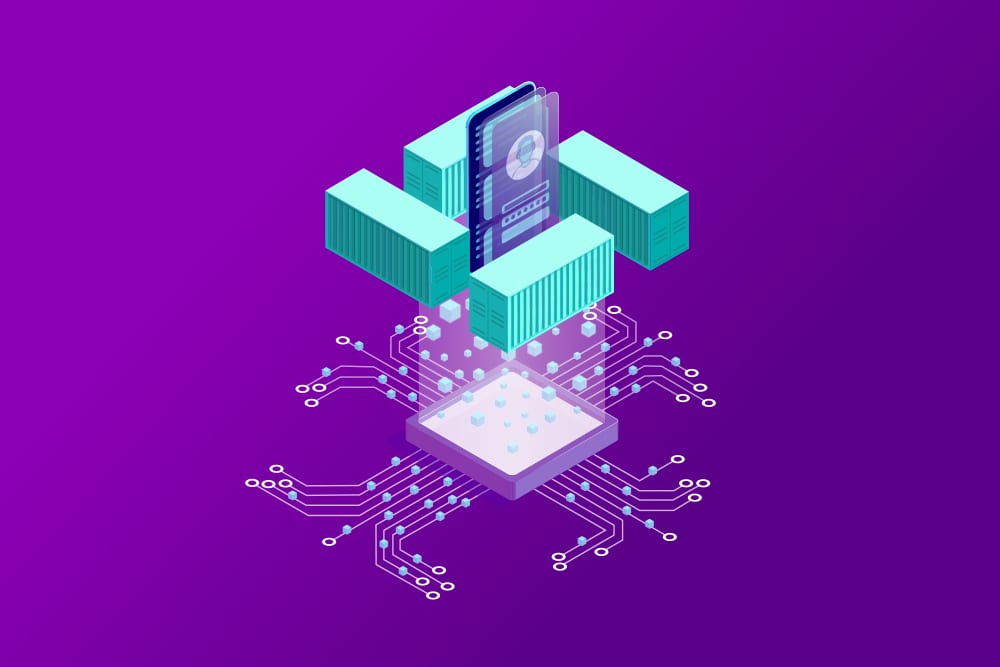Introduction
It is believed that the deployment format would largely depend on containers in the future. This is because containers can maintain the infrastructure within their prescribed configuration. There are numerous tools that help in containerization and the most prominent among them is docker. At the beginning of the 21st century, Kubernetes containerization was still in its juvenile stage. As clustering tools started to gather pace, the domains of deployment automation started to witness rapid advances.
With the holistic backing of Google and Redhat, Kubernetes became very popular for deployment, scaling, and maintenance of containerized applications.
The art of load balancing with Kubernetes
Before working with Kubernetes, it is important to learn concepts like pods, and services. However, it is also possible to get cursory glimpses of these concepts with the help of Kubernetes documentation which is an excellent platform to start with. Once the basic groundwork is done, we can start with Kubernetes and get it into action. Be it the deployment of an application or its maintenance in the future, one particular question is common among the clients. The question is that of accessing the deployed applications from the internet. It needs to be noted at this point that Kubernetes is one of the only platforms which provides for the maintenance of its deployment services via the Google Cloud Engine. With the help of the Google Cloud engine, we can configure a Load Balancer that can be used to access the application. Moreover, it is also possible to get the service on a host machine port. The disadvantage of using a host-making port is the number of problems faced while deploying multiple applications.
The simplest load balancer setup
Since AWS ELB provided a relatively narrow range of configuration settings, a nouveau load balancer setup became the need of the hour. This is when the Kubernetes community started to work on a mechanism that would dynamically reconfigure the balancer whenever new services and systems are conceived. The outcome was a two-step process for load balancing in which the integral elements included a load-balancing node and two pods (dynamic IP address).
Unresolved problems of Kubernetes
Numerous problems have stalled Kubernetes containerization over the years. However, we can get rid of these problems by using an effective application programming interface. The woes of Kubernetes don’t stop here. We may face a lot of challenges during load balancing. For this, we recommend the development of an essential technique called blue-green deployment. In this type of deployment, there is no downtime. This deployment works by creating a bunch of replicas that run on the updated versions. This reduces the strenuous task of handling multiple versions. One more advantage associated with blue-green deployment is it’s efficient working irrespective of the number of replicas.
Concluding remarks
The big challenge with Kubernetes is to keep up with the different types of releases periodically. With this challenge overcome, it is difficult to imagine the progress that Kubernetes would make in the coming years.

